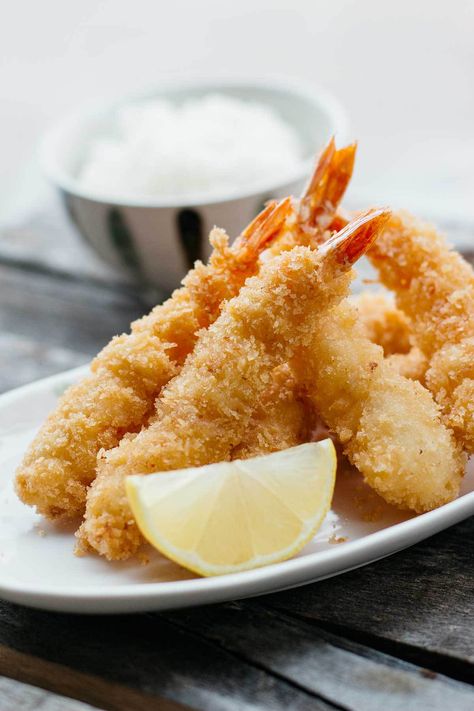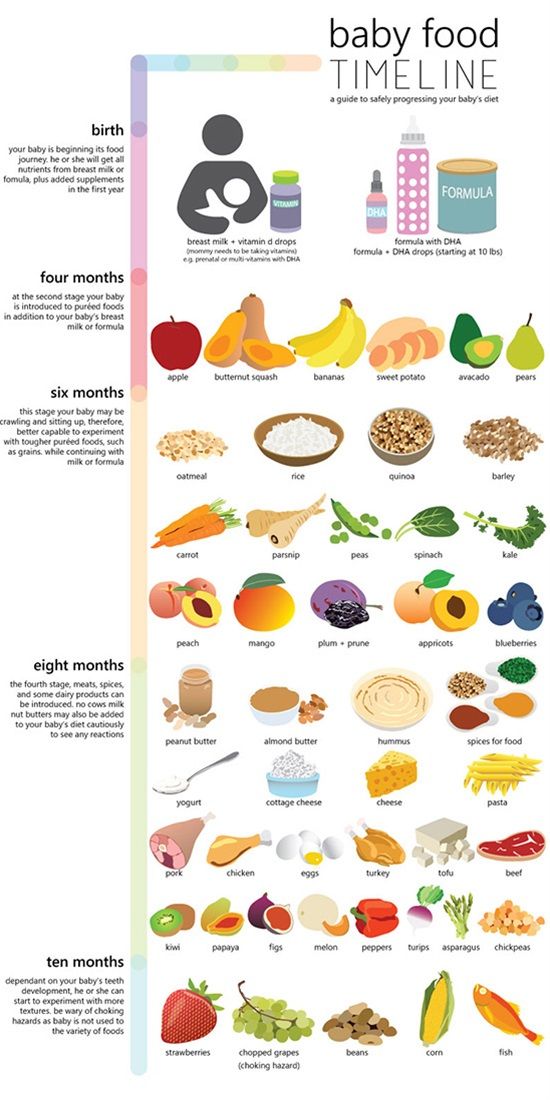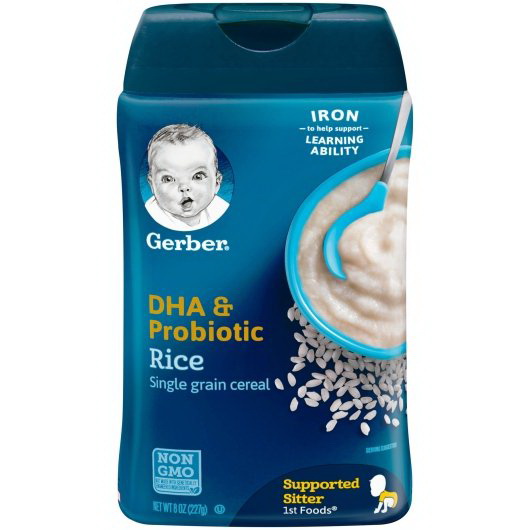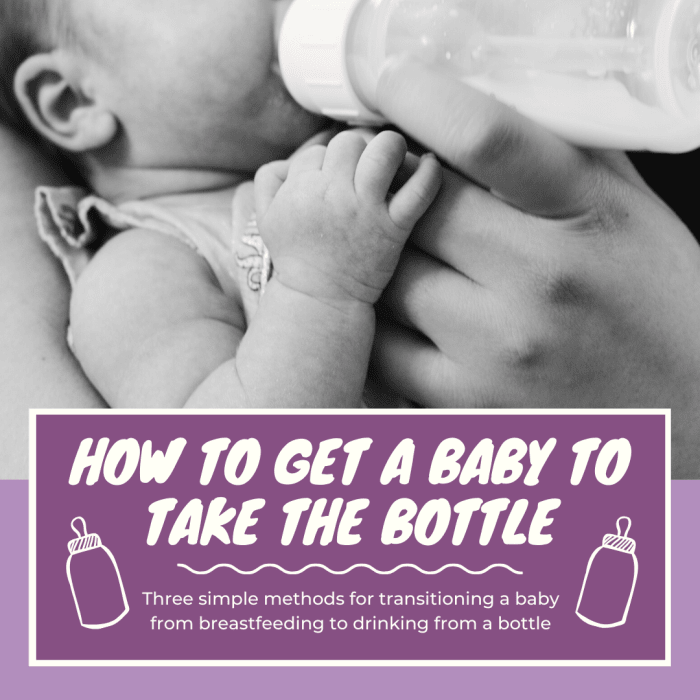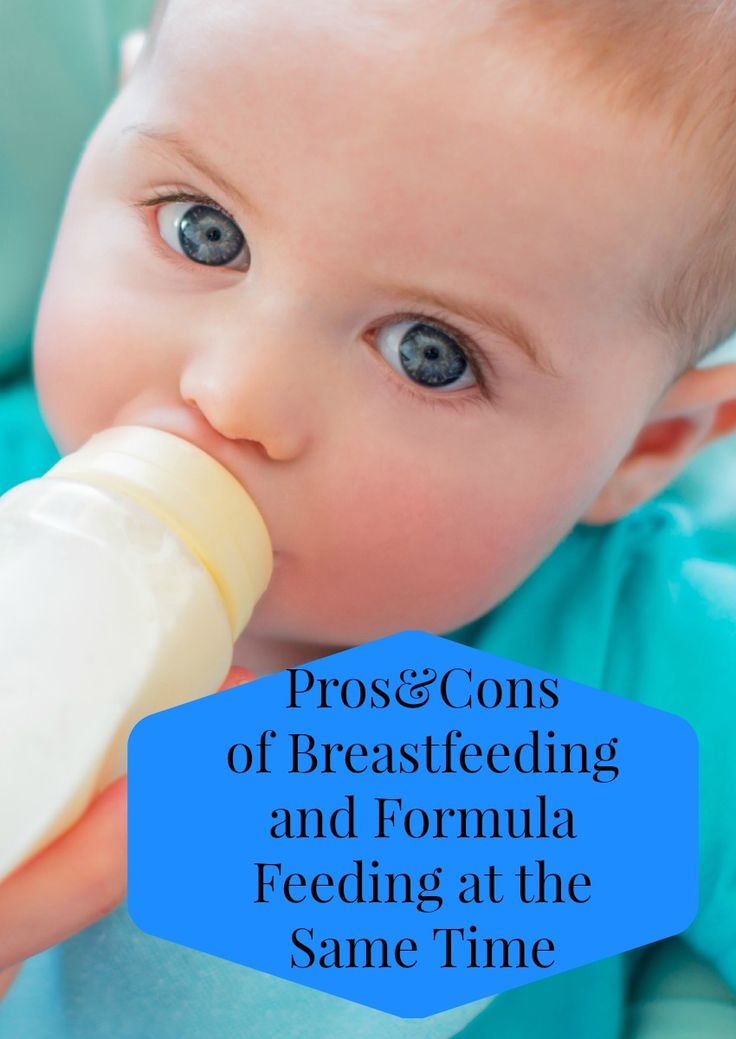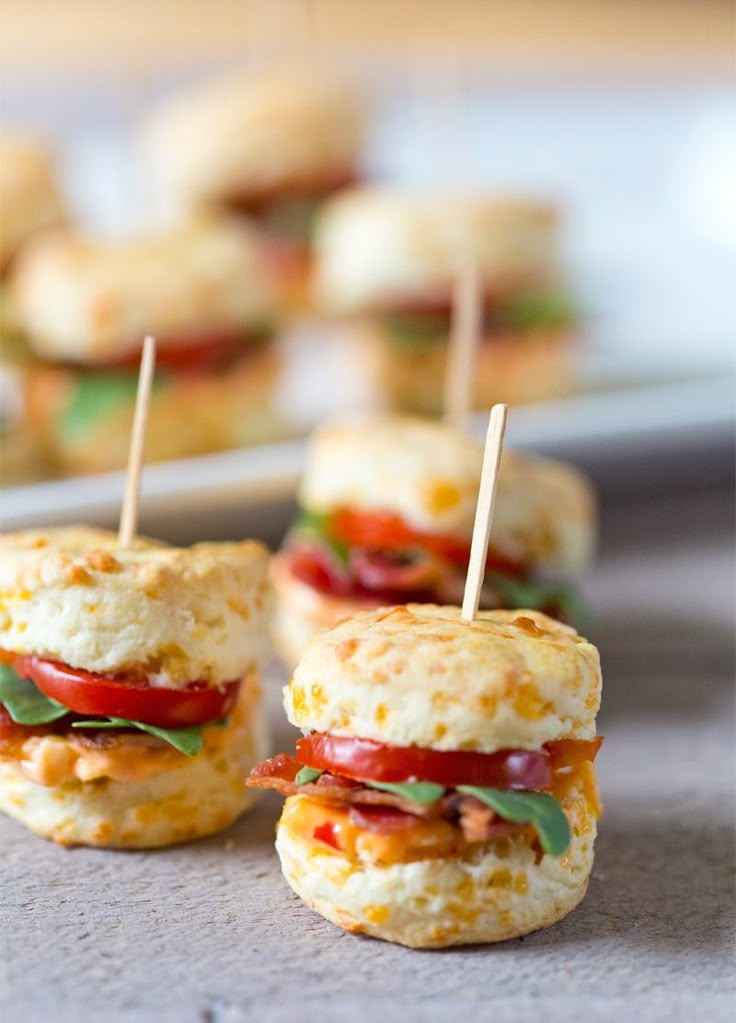Fry food for baby fish
Tiny Foods for Small Fry
Once fish eggs have hatched, you’ve only just begun the journey to breeding fish and raising their young. Keeping fry alive is far more difficult than getting their parents to breed, and after a successful mating this can be tedious and difficult.
For one thing, while most cichlid fish and livebearer fry are large enough to eat commercially prepared fish food at hatching time, most other fish, including rainbowfish, gouramies, gobies and tetras, require a smaller food source. In fact, the fry of these fish would barely be large enough to be a food source for cichlids and livebearers.
Also, many young fish will only eat food that is moving. You have a short period in which to adapt a young fish to nonmoving food before the fish will die. If you can keep it alive through this period, however, you typically can convert a fish to flake and other commercial foods when it gets older.
The following overview of many of the foods used by aquarists to feed their fry will help you keep your fry alive. Each of these foods provides enough nutrients that it could be used alone, but you should use several different foods when feeding your fry to help satiate their different appetites.
Prepared Foods
Prepared foods are not alive. Here, we will cover boiled egg yolk, powdered egg yolk, liquid fish food and commercial fry flake.
Boiled Egg Yolk
This is an easy, inexpensive food to use with young fry. It has the added bonus of not resulting in the unpleasant smells that live cultures often create.
To prepare this yolk food, start by hardboiling an egg. Remove the shell and egg white — all you need is the yolk. Place a small piece of the yolk in a small container with water (unused yolk can go into a sealed container in the refrigerator), and shake the container vigorously. When you agitate the water the yolk should dissolve, and you now have a suspended food that you can feed your fry.
If necessary, pass the mixture through a cloth to sift out any remaining larger pieces of yolk. You can then pour the egg yolk solution directly into the fish aquarium. It will typically remain suspended in the water for some time and will be eaten ravenously by most baby fish.
You can then pour the egg yolk solution directly into the fish aquarium. It will typically remain suspended in the water for some time and will be eaten ravenously by most baby fish.
A single egg yolk could feed a batch of baby guppies for months. Of course, egg yolk won’t last that long in the fridge; discard any remaining yolk that begins to decompose. Also, do not add too much yolk to your mixture or add too much food to the aquarium, as it can cause pollution.
One problem with egg yolk is that some of the suspended yolk might be too big for the smallest fry to fit it into their mouths. Even after sifting, some pieces come out too large, so there may be less food to eat and more potentially water-fouling, uneatable food.
Powdered Egg Yolk
This is commonly available at pet stores, and you will find that powdered egg yolk is mixed with many other substances to help provide vitamins and minerals that can aid fish growth.
Powdered egg yolk can be added to an aquarium by sprinkling it directly on top of the water or mixing it with water before pouring it into the aquarium.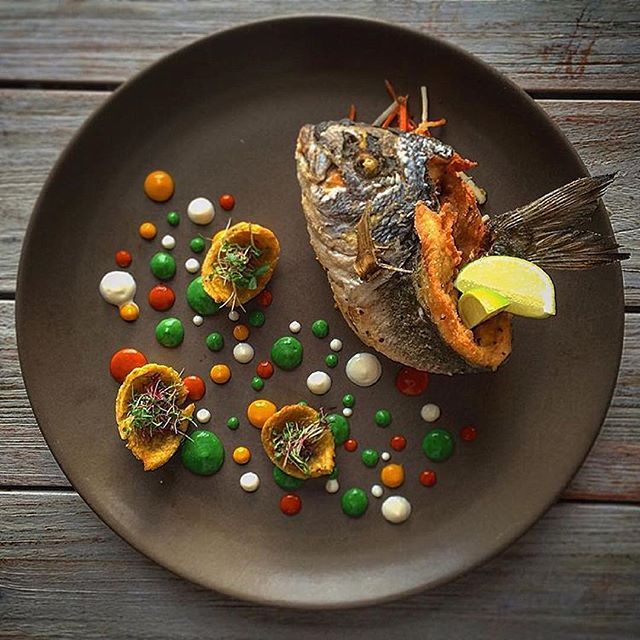 Typically, if placed on the water surface, the food floats, whereas if you mix the food with water, it remains suspended for a short time before dropping to the bottom of the aquarium. Use both methods to maximize the opportunity for the fish to feed.
Typically, if placed on the water surface, the food floats, whereas if you mix the food with water, it remains suspended for a short time before dropping to the bottom of the aquarium. Use both methods to maximize the opportunity for the fish to feed.
This food is excellent for small fish because it is much smaller than you could ever grind flake food. The actual size of powdered yolk is smaller than real suspended egg yolk, which can be very helpful when feeding the smallest of fry.
Liquid Fish Food
Liquid fish foods are foods that are already suspended in water. The particles tend to be too large for smaller fry to fit into their mouths, but there has been a shift toward smaller sizes. This new generation of liquid fry food has many hobbyists anxious for the final results. The initial results have been mixed, but these new liquid foods are small enough to be used in place of other small fry foods. Another plus for these is that they stay suspended long enough for small fish to eat them.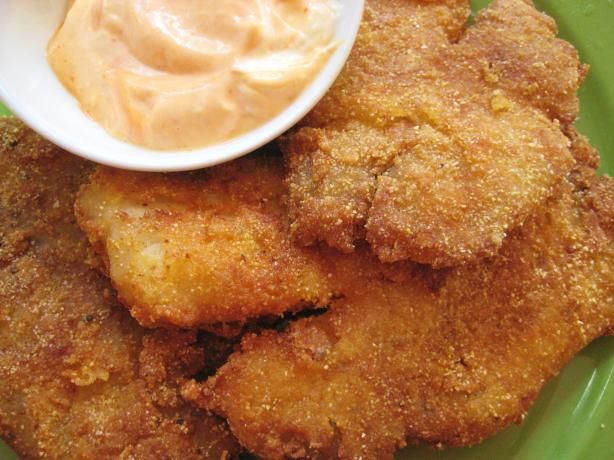
Commercial Fry Flake
Commercially available flake food for fry has been available for many years. Although fry flake foods are good for large fry, such as livebearers and most cichlid fish, they will not work well for small fry. The food is often as large as the fry themselves.
Cultured Foods
Live foods for fry include vinegar eels, microworms, baby brine shrimp and infusoria (both green water and zooplankton).
Vinegar Eels
Vinegar eels are a great food. They are easy to keep and very small (0.04 to 2 millimeters in length and 0.10 millimeter in diameter). Unlike microworms and other cultured foods, you can ignore your vinegar eel culture for weeks without killing off the culture.
A vinegar eel is actually not an eel — it is a nonparasitic roundworm, Turbatrix aceti, that can live in vinegar. Being a live food makes vinegar eels especially helpful in cases where fry will not accept prepared foods. Vinegar eels can live for a long time in aquarium water — often up to 24 hours — so they won’t pollute the aquarium water quickly and will provide a food that is available to your fry throughout the day.
Vinegar eels are so-called because they are cultured in apple cider vinegar. To prepare a culture, fill a quart or larger- sized jar half full of pure apple cider vinegar with no additives. Fill the remainder of the jar with water, preferably distilled or reverse osmosis water. Then add a couple of pinches of sugar or some apple slices, as this helps create food for the vinegar eels. After you’ve prepared your medium, add the eels to the mix.
Vinegar eel cultures are often available online and may be obtained through a local aquarium society. Let cultures grow about two weeks before harvesting.
It can be challenging to harvest vinegar eels.The vinegar that the eels live in is very acidic and can be deadly to fish, especially fry. Therefore, the eels must be removed from the vinegar. Given their small size, this can be tricky. You can purchase a small screen with holes small enough to allow the vinegar to pass through but not the eels, or you can try the long-neck bottle approach.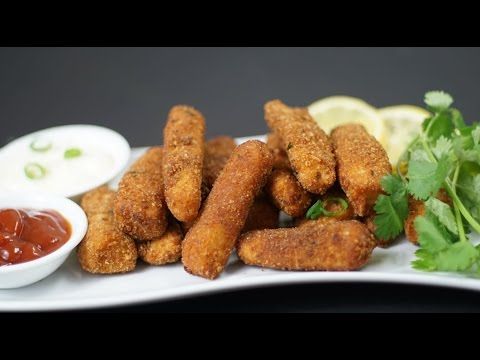
If you use the screen method, simply pour about half a cup of vinegar from your culture through the screen. You can then wash the vinegar eels off of the screen and into a cup to be dispersed among your fish aquariums. The long-neck bottle method involves using a bottle with a neck that is long and narrow. Fill the bottle with vinegar from the culture until it’s filled a little more than halfway up the bottle’s neck. Then put in a cotton ball, pushing it down until it is in the vinegar, but not submersed in it. Then add a little water above the cotton ball. The eels will move through the cotton into the water above, where they can be removed with a pipette or eye-dropper.
In either case, you will have a nontoxic food that is small and moving — and just great for newly developing fry. Because the vinegar eels are different sizes, there is likely to be a size for most every type of fry. However, it is likely that the smallest vinegar eels will not exist in sufficient quantity to act as your fry’s sole food source.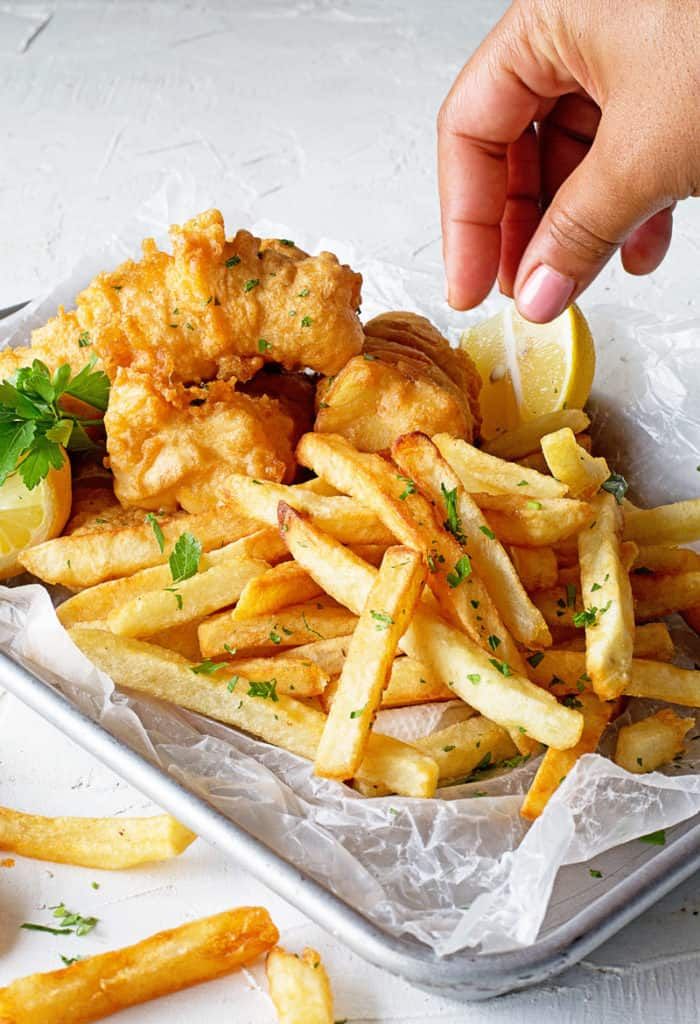
Infusoria: Zooplankton
Infusoria is not a single type of food; it is comprised of different types of organisms that are 0.02 millimeters and larger in diameter, depending on the species.
To create your own infusoria, place some hay, spinach or lettuce in a bottle of water, and put it in a sunny place. The problem with infusoria is that you have no control over what types of organisms are in the water, and some may be toxic to young fish. You could create a more usable infusoria by first boiling the hay, spinach or lettuce, and then introducing one of the paramecium species that is used as fish food. Aeration can be used to help decrease the decay and smell of the culture. For cultures intended to be kept beyond a few days, siphoning the bottom of the culture out every couple of days will help prolong the life of the culture.
Several paramecium species may be used, and the culture of different species has a good bit of variation. If you purchase or obtain a culture of paramecium, ask about any special directions for keeping that particular species.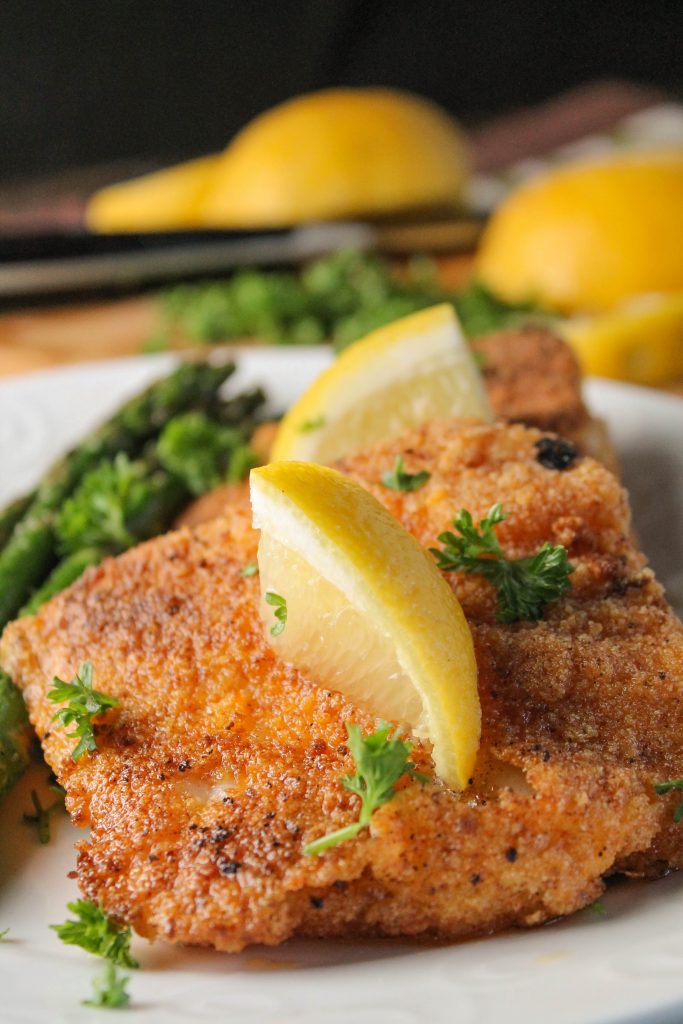 Many can be kept simply by covering the jar that contains your “salad” mixture and putting the jar in a sunny place.
Many can be kept simply by covering the jar that contains your “salad” mixture and putting the jar in a sunny place.
Fill a 1-quart jar with water and your food source. Add the paramecium to the culture. You should be able to use the culture after about four days. Pour it through a piece of cloth to remove the wheat/hay/lettuce/spinach gunk. The water that has passed through the cloth should not be toxic to fish, and it and the organisms in it can be added to your aquarium.
Infusoria cultures do not last as long as vinegar eel cultures, so start a new culture every few weeks to ensure that you don’t run out of food. One of the biggest benefits of the paramecium is its extremely small size. It will produce a large amount of food at a very small size that will feed typically even the smallest of fry.
To avoid paramecium and other microscopic critters that are toxic or dangerous to fry, make sure you fully understand how to keep and feed your species before you begin feeding it to your fish.
Infusoria: Phytoplankton (Green Water)
Infusoria can be broken down into two categories. Zooplankton (discussed in the previous section) include microscopic living animals. Phytoplankton include microscopic plant material (0.02 to 2 millimeters in length). Aquarists speak of using green water as food, but they are actually referring to phytoplankton.
Green water is very easy to cultivate and extremely inexpensive. Simply take some water out of the aquarium (you should not need spinach, hay or lettuce for a culture if you use aquarium water), put it into a 1-quart jar, and place the jar in the sun. The sunlight will cause the water to turn green within a couple of days. When the water turns green, remove some and feed your fish. Then add some new aquarium water back to the culture to help maintain its longevity.
You’ll notice that this is very similar to how we cultured infusoria, and for good reason. Because they both contain microorganisms, we are relying on the replication of those for food. Any culture made from an aquarium will have both zooplankton and phytoplankton, but by increasing the direct sunlight by two to three hours, we encourage more phytoplankton to grow. On the other hand, if you keep the jar in an area that isn’t as well-lit, more zooplankton will grow.
Any culture made from an aquarium will have both zooplankton and phytoplankton, but by increasing the direct sunlight by two to three hours, we encourage more phytoplankton to grow. On the other hand, if you keep the jar in an area that isn’t as well-lit, more zooplankton will grow.
Green water is among the smallest foods available, and many aquarists consider it indispensable when raising newly hatched fry that are too small to accept most other foods. Because the green water will float in the aquarium water, it can stay in the fish aquarium for a long time until it is consumed. One drawback is that the culture may suddenly collapse and need to be replaced. For this reason, it’s recommended to have multiple cultures “percolating” at the same time. It is also possible to order specific phytoplankton and grow them with more specific culturing and harvesting techniques.
Microworms
Microworms (Panagrellus redivivus) are small nematodes (0.05 to 2.0 millimeters long and 0.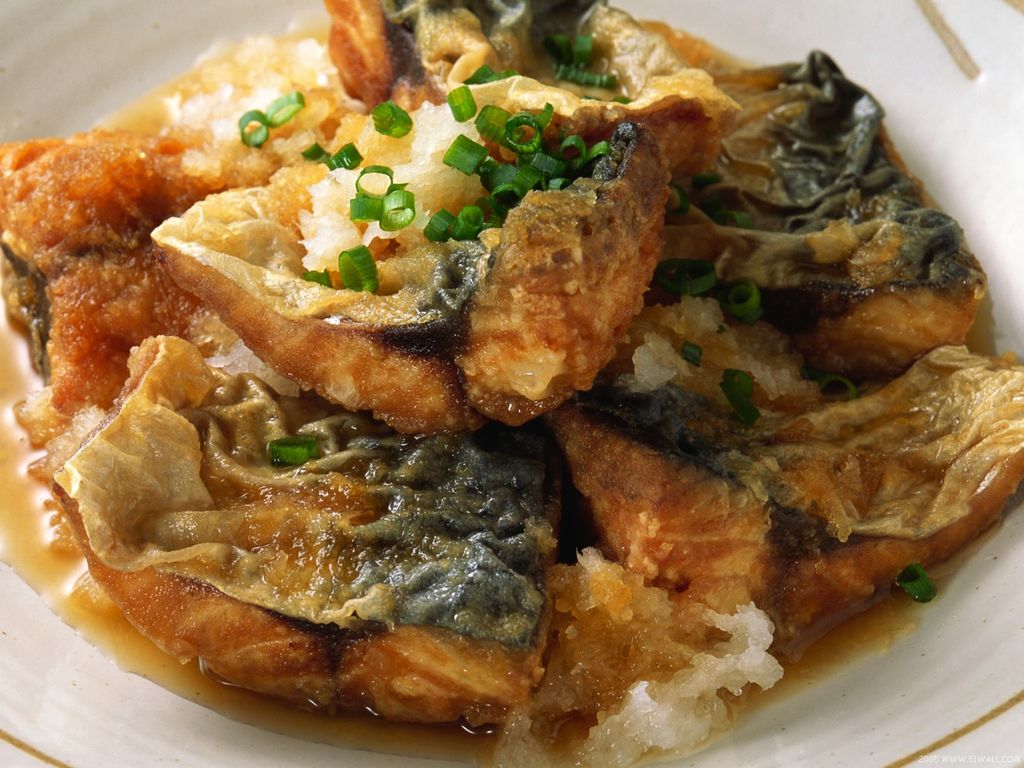 05 millimeter in diameter) that may seem initially too small for your baby fish (or too gross to touch). However, they have qualities that make them ideal candidates for growing fish.
05 millimeter in diameter) that may seem initially too small for your baby fish (or too gross to touch). However, they have qualities that make them ideal candidates for growing fish.
To create a culture, mix about a tablespoon of corn meal with water until it forms a paste. Then add about a quarter-teaspoon of yeast. Place this mixture in the bottom of an empty peanut butter jar and add a culture of microworms. Screw on the lid, which should have holes punched into its middle. After a few days you’ll find that there are microworms crawling everywhere. Scrape them off the walls of the container with a razor blade or with your finger and feed them to your fish.
Fish eat these worms ravenously. Unlike vinegar eels, microworms will not live long in the water, so don’t overfeed. In addition to the microworms, the medium they live in may sometimes be introduced into the aquarium. If this happens, don’t worry; it, too, will be eaten by the fish and may provide another source of food for young fry.
Microworm cultures typically last about two weeks before they need to be replaced. You should not need to do anything to maintain this culture. As with green water, maintain two cultures at a time to avoid having any one culture crash.
Opinions vary on how to maximize a culture. Some people recommend using rolled oats instead of corn meal. Be aware that the smell of the culture is unpleasant. On the positive side, microworms are probably a better nutritional food for your fish than baby brine shrimp.
Baby Brine Shrimp
Newly hatched brine shrimp (0.08 to 0.12 millimeter) have been used in the hobby for years because of the ease of hatching and harvesting it. They are active in freshwater and can live in it for up to five days. There are many opinions on how to make the perfect brine shrimp hatchery. One way is to start with a 1-quart (or larger) jar of water and add about 2 teaspoons of sea salt per quart. Add about 17 ounces of brine shrimp eggs per quart, and aerate the water with a fish tank pump and some air line tubing.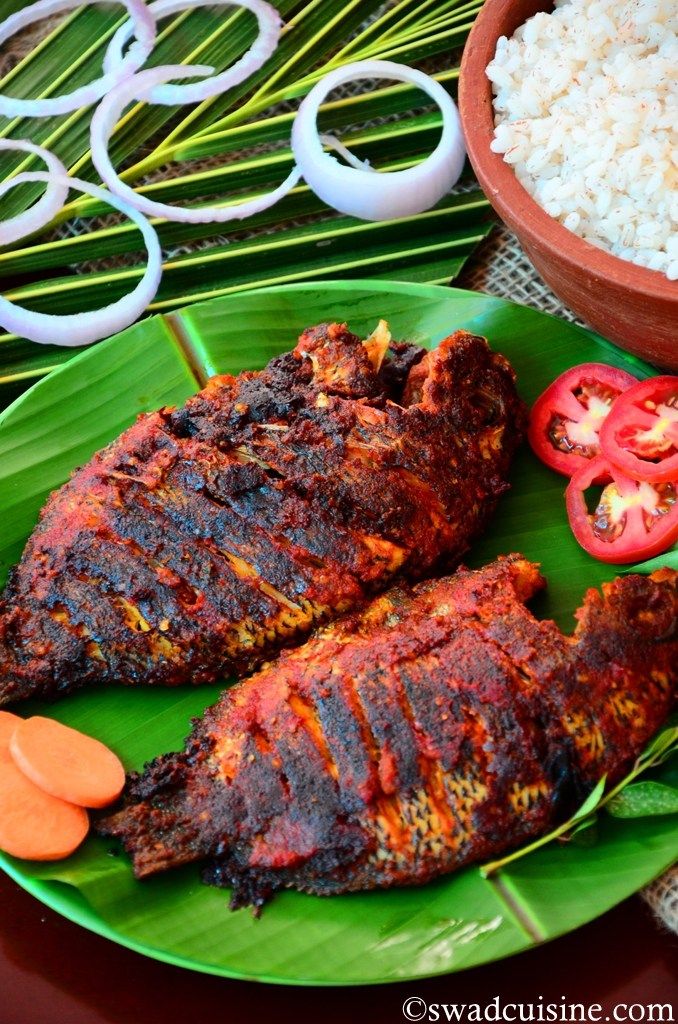 You may want to use an airstone, but be aware that doing so can cause problems if you use one that makes very fine bubbles. Ultra-fine bubbles can become lodged in newly hatched shrimp, causing them to float to the surface and suffer an untimely death.
You may want to use an airstone, but be aware that doing so can cause problems if you use one that makes very fine bubbles. Ultra-fine bubbles can become lodged in newly hatched shrimp, causing them to float to the surface and suffer an untimely death.
Brine shrimp eggs hatch in 24 to 48 hours, after which the babies can be siphoned out and fed to your fish. Unplug the pump to stop the aeration, and allow the shrimp to settle to the bottom of the jar. Typically, hatched brine shrimp will congregate at or near the bottom of the water, and eggs will float. Use a piece of air line tubing to siphon the shrimp into a fine net or a cup (be careful not to siphon out any unhatched eggs). The little bit of saltwater you add to your aquarium while feeding brine shrimp is not a concern, but you can rinse the shrimp in freshwater if you wish.
It is discouraging to try to keep fry alive when they are so small and unable to eat what you can easily give them. But with a little work, you can create foods that will help get you through the difficulties of raising these small fish to adulthood.
Posted by: Chewy Editorial
Featured Image: Tony Terceira
Share:
How to Feed Aquarium Fish Fry
By
Shirlie Sharpe
Shirlie Sharpe
Shirlie Sharpe is an aquatic expert and writer with over three decades of experience keeping and raising ornamental fish. She has consulted with The Minnesota Zoo and the National Aquarium. Shirlie has also authored a book on setting up aquariums.
Learn more about The Spruce Pets' Editorial Process
Updated on 12/02/19
Reviewed by
Nick Saint-Erne
Reviewed by Nick Saint-Erne
Dr. Nick Saint-Erne, DVM, is a highly accomplished veterinarian and writer who has treated zoo animals and exotic pets for more than 35 years. He has worked with the Centers for Disease Control and Prevention to improve pet store animal care among other endeavors.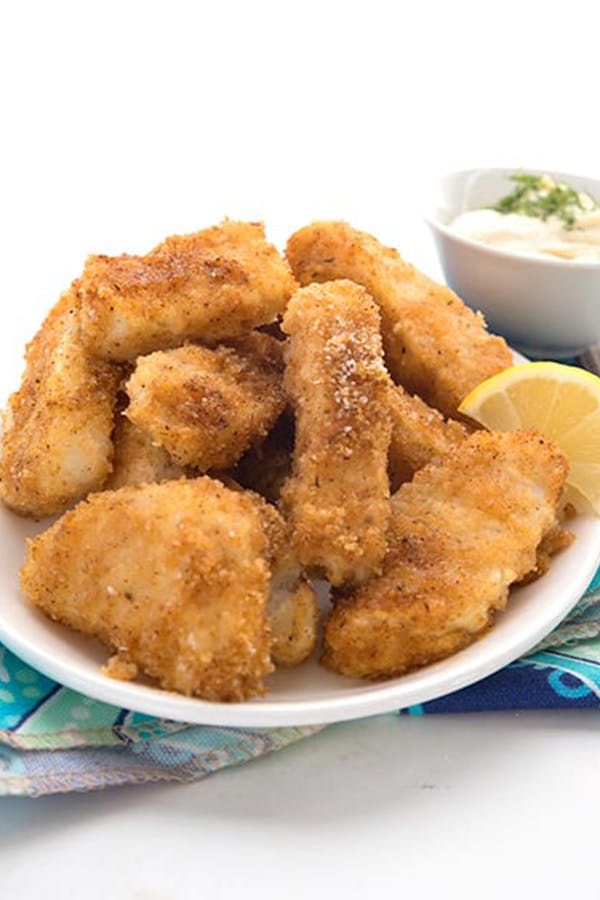 Dr. Saint-Erne is part of The Spruce Pets' veterinary review board.
Dr. Saint-Erne is part of The Spruce Pets' veterinary review board.
Learn more about The Spruce Pets' Veterinary Review Board
Kai Schreiber / Flickr / CC By 2.0
The key factors to keeping the fry alive and healthy are keeping the water and environment clean, protecting the fry from adult fish, and providing proper nutrition. Most fish owners already know how to take care of the first two, but feeding fry is often the stumbling block that new breeders run into. Newborn fish cannot eat the same foods as the parents, so the challenge is providing the proper food until the fry grow large enough to eat standard foods.
Fry Type
Keep in mind that young fish will eat different foods at different stages of their development. Likewise, different species of fish have somewhat different needs. For instance, newly hatched Discus fry feed off their parents' slime coat for the first few days of life and therefore do not need to be fed until they have grown past that stage. It is wise to study the species of fish you are breeding to determine if the fry have special feeding requirements.
It is wise to study the species of fish you are breeding to determine if the fry have special feeding requirements.
Taking a broader view, there are two general types of fry, those that are hatched from eggs and those that are born live. Fry that are born live are larger and have developed more fully than those hatched from eggs. Consequently, these live-born fry have a larger mouth than the typical fry hatched from an egg, and can, therefore, eat larger foods from the start. It is quite common for live-born fry to eat a finely ground version of the same foods as parent fish.
Fry from egglaying fish are smaller when they hatch and often are not free swimming for the first few days. In these cases they remain at the site where the egg was attached, feeding off their yolk-sac until they begin to swim free on their own.
Feeding Stages
Fry that are freshly hatched have very tiny bodies, and can only eat the smallest of foods. However, they are growing rapidly, and have demanding nutritional needs.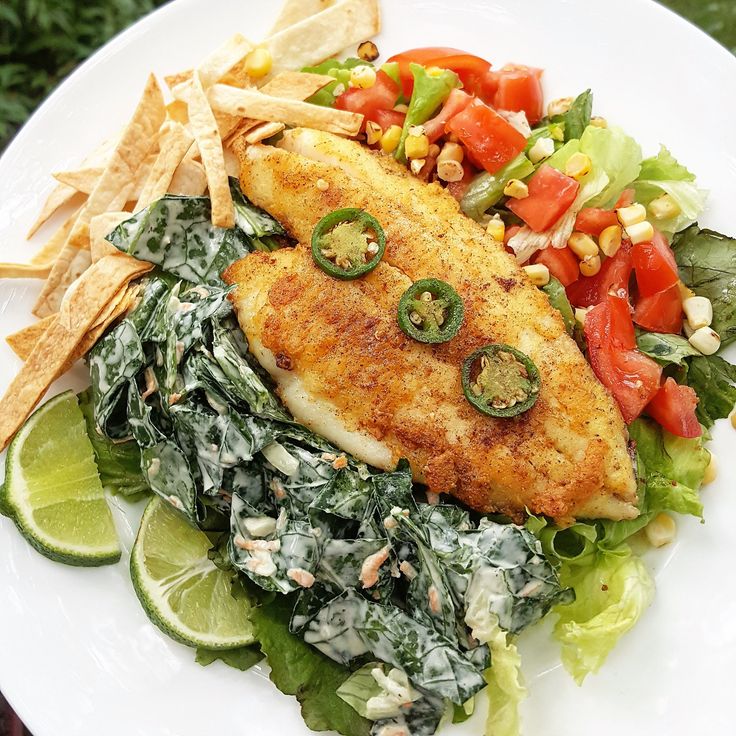 This stage is particularly critical, as newly hatched fry can starve to death quickly. Some of the best foods at this stage are infusoria, freshly hatched brine shrimp, and green water. These foods must be available immediately when the fry hatch, as they cannot wait even one day for foods to be prepared. If the previously described foods are not available at the time the fry hatch, egg yolk preparations, and commercially prepared fry foods are good alternatives that don't require a lot of time to prepare.
This stage is particularly critical, as newly hatched fry can starve to death quickly. Some of the best foods at this stage are infusoria, freshly hatched brine shrimp, and green water. These foods must be available immediately when the fry hatch, as they cannot wait even one day for foods to be prepared. If the previously described foods are not available at the time the fry hatch, egg yolk preparations, and commercially prepared fry foods are good alternatives that don't require a lot of time to prepare.
Once the fry have passed the first week or two of life, they are generally large enough to eat similar foods as the parents, just in smaller portions. Virtually all purchased foods, either flake, pelleted, or freeze-dried, can be ground to a fine size that fry can eat. This article describes simple steps for creating your fry foods, using simple tools that you probably have on hand. As the fry grow larger, you can make the food particles larger until they can eat the same size food as the parent fish.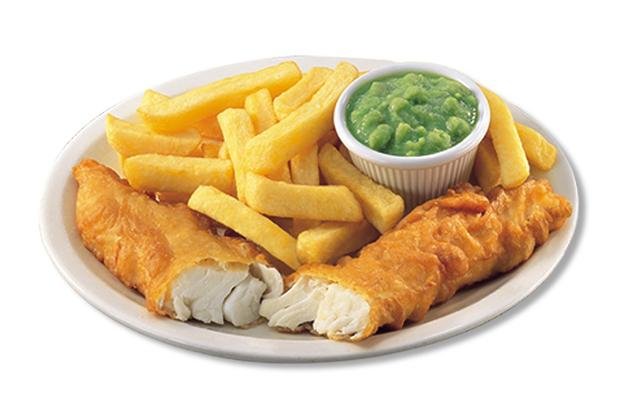 Keep in mind that although the fry may now be eating the same foods as the parents, they need to be fed more often due to the small size of their stomachs.
Keep in mind that although the fry may now be eating the same foods as the parents, they need to be fed more often due to the small size of their stomachs.
Fry Foods
There are several basic high-quality foods that most fry will do well on. As previously mentioned, these foods must be on hand at the time the fry hatch, and the supply must be continuous until they can eat traditional foods. So prepare ahead of time to ensure you have what you need. Aquarium clubs come in handy when rearing fry, as there are often members who can help you in a pinch. If you want to breed and raise fish, consider finding a local club for support.
- Infusoria: Infusoria grows naturally in most tanks, particularly those with live plants. However, there may not be sufficient quantities to sustain the full hatching of fry. Therefore, it is helpful to culture your own infusoria to ensure having an adequate amount. This infusoria article from your Guide gives plenty of tips for growing your own culture.
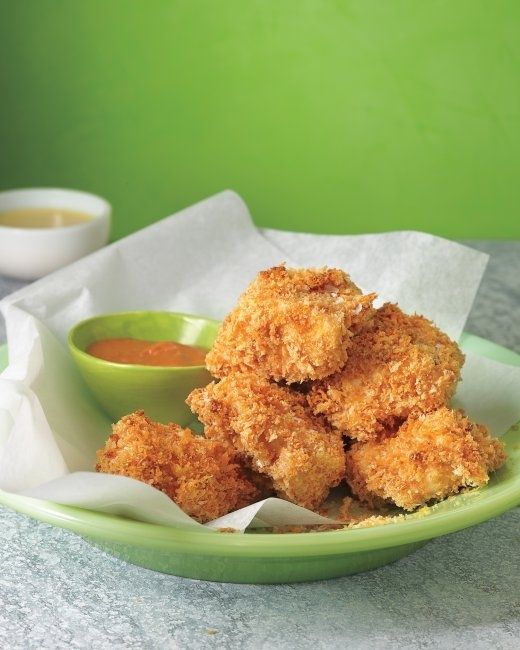
- Brine shrimp: Few things can rival the nutritional value of freshly hatched brine shrimp or the appeal it has to virtually all fish. If you choose to raise it yourself, you will have to start the culture before the fry hatch and keep it going for a while to ensure the fry have sufficient quantities. Another option that owners use is a commercially prepared live brine shrimp preparation, or frozen baby brine shrimp.
- Green water: Green water is exactly what it sounds like, water with microscopic algae growth that turns it green. It makes excellent first food for young fry and is easy to grow. Simply take a gallon jar and fill it with aquarium water, scrape some algae out of your tank and add to the jar (if you have no algae, a bit of grass will suffice). Add a few drops of plant fertilizer, then leave the jar in full sun. Within a matter of days, the water should be green and teeming with microscopic nutrients that are ideal for your fry.
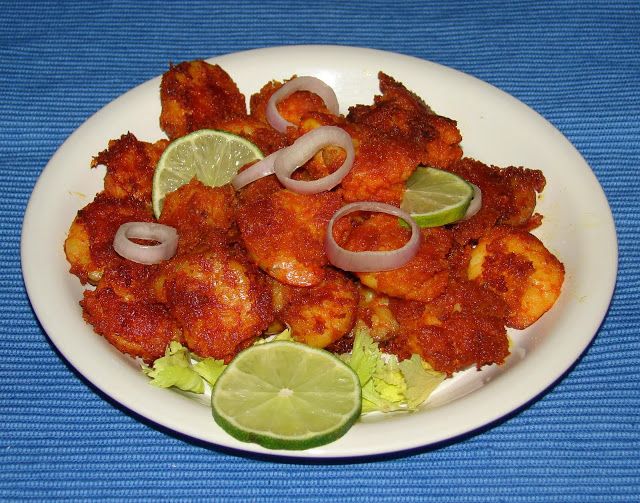 Take a few ounces out of the jar for each fry feeding, and replace it with treated freshwater.
Take a few ounces out of the jar for each fry feeding, and replace it with treated freshwater. - Egg yolk: Egg yolk is a power-packed food that is easy to make into preparation for newly hatched fry. Hard boil an egg, take the yolk and wrap in a small piece of gauze, compressing it so small portions protrude through the cloth. Hang it in the tank and the fry will feed off it. Remove and replace daily for the first several days.
- DIY fry food: Live born fry, or fry that are a week or more old can usually eat finely ground foods, that you can prepare yourself.
- Purchased fry food: Commercially prepared fry foods.
Live-Bearer Development Period Inside Female and as Fry
Feed for Young Fish A detailed overview of Live and Branded Foods
Blog
Food for Fish » Food for fry: how and what to feed fish from the first days of life
Blog, Malek fish
- Published KormRybOK
08 Nov
Article content
- 1 What do fry eat in the first days of life? Or what to feed newborn fish?
- 2 Differences in feeding fry of spitting and viviparous fish
- 2.
 1 food for fry of spitting fish
1 food for fry of spitting fish - 2.2 Feeds for burning fish
- 2.
- 3 The amount of frying frying feeds
- 3.1 Dry 9000 9 4 Live food (zooplankton)
- 4.1 Ciliates (live dust)
- 4.2 Rotifers
- 4.3 Nematode
- 4.4 Microworm
- 4.5 Artemia nauplii
- 5 Phytoplankton
- 6 Demat Fry with your own hands
- 6.1 Evacal yolk
- 6.2 Milk powder
- 7 Starting branded feed for fry
- 8 Where you can buy dry fish fodder
-
- Larva are newborn fish, which are still far from the adult in the external and internal structure of the body. The larval period is characterized by the transition to external feeding with the preservation of larval organs and characters.
- Malek is a young mature fish of the given year of birth. The juvenile period is characterized by the acquisition of similarities in external structure with adult fish (bifurcation and growth of working fins, as well as the development of scales).

- size;
- constantly moving;
- does not pollute water;
- nourishing.
- accessibility;
- no unpleasant odor;
- low price.
- Hikari Plankton Early - 0.2 mm for fingerlings body length from 4 to 10 mm;
- Hikari Plankton Midle - 0.2-0.37 mm for fry 8 to 20 mm;
- Hikari Plankton Later - 0.38-0.67 mm for fry from 18 to 30 mm.
- If you turn off the filtration during the feed and do not disturb the water, then floating pellets stay on the surface of the perfectly and do not sink for a long time.
- The nutritional value of the food completely covers the need of small fish for substances that are needed for development, growth and color.

- Hikari ready-to-eat food is covered with a dense shell, which allows food not to go sour for a long time . The granules perfectly keep their shape, do not paint and do not muddy the water.
0 newborn fish is a very important stage, it is at this time that the foundations of the body structure are laid, thanks to which the babies will grow and develop. Therefore, you need to carefully choose food for fry, taking into account all the species characteristics of aquarium inhabitants.
Beginner aquarists are often confused about the variety of foods and do not know how to feed the fry so that they grow up healthy and active.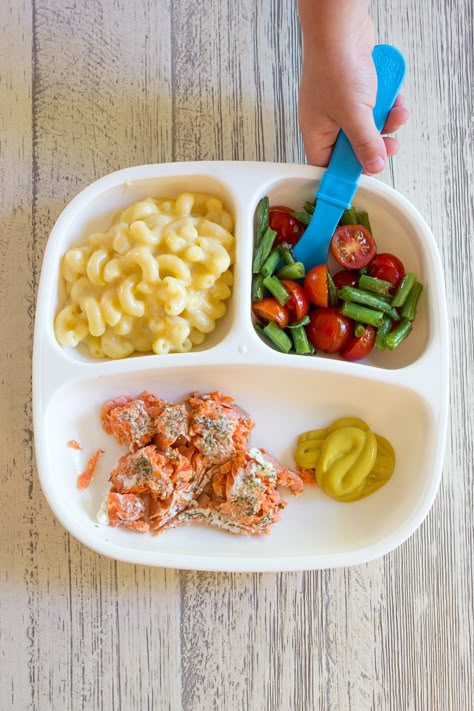
This article describes the most popular foods for juvenile fish, as well as age limits and recommendations for the use of zooplankton.
What do fry eat in the first days of life? Or what to feed newborn fish?
It is important to know that the starter food for fry should be appropriate for their size. An approximate guide can be the size of the eye of a fish, the smaller the eye, the smaller the fraction. They simply cannot swallow a larger particle and remain hungry.
Development stages of fry:
Juvenile fish is an age group of fish that includes larvae, fry and fingerlings. It is generally accepted to name fish from birth to the beginning of the development of the gonads and secondary characters.
When fry are just starting to eat, it is best to offer them live food. Instincts work and juvenile fish up to two weeks of age react only to moving particles and practically do not see what settles to the bottom or floats on the surface.
In the early days, food should be constantly in the aquarium, so it is better to use live food to feed the tailed little thing.
Advantages of live food:
What fry eat in the first days after birth differs depending on the species. For example, cichlids and some viviparous give offspring of fairly large fry that can eat dry food from the first days.
A baby gourami, lalius or cardinals so small that it can only eat live dust.
It is difficult to find the right granule size among ready-made rations, as fish feed manufacturers rarely bother with these indicators.
But there is a pleasant exception - these are Japanese starter feeds Hikari Plankton , which are available in three sizes , but we will talk more about this at the end of the article.
Differences in feeding fry of spawning and viviparous fish
Beginners often ask more experienced aquarists when do fry start eating? Babies of viviparous fish begin to eat literally immediately after birth.
Aquarium fry of spawning fish in the first hours of life feed on the yolk sac, but after 3-4 hours they need additional food.
Food for spawning fish fry
| Food | Age of fry in days |
|---|---|
Live dust (microworm, Artemia nauplii, rotifers - 0. 04 to 0.1 mm), egg yolk, milk powder, phytoplankton, branded dry starter food 04 to 0.1 mm), egg yolk, milk powder, phytoplankton, branded dry starter food | 1-3 |
| Small (0.1-0.2 mm) nematodes, ciliates, brine shrimp, special food. | 3–10 |
| Finely chopped bloodworm, rotifer, ciliate and brine shrimp of regular size. | 10–20 |
| From the age of 40 days it is allowed to transfer juveniles to adult feeds of fine fraction. | 20-40 |
From the age of 40 days it is allowed to transfer juveniles to adult feeds of small fraction.
Feed for live-bearing fish fry
| Feed | Age of fry in days |
|---|---|
| Artemia, small fraction starter food, microworm. | 1–5 |
| Nematodes, ciliates, brine shrimp. | 5-10 |
| Tubifex, starter food, normal size zooplankton and phytoplankton. | 10-30 |
From the age of 40 days it is allowed to transfer juveniles to adult feeds of fine fraction. | 20-40 |
From the age of 30 days, the juveniles completely switch to food for adult fish.
The number and frequency of feeding the fry with dry food
The fry should be fed according to the age and size of the fish. It is important that the food was in the fry aquarium constantly, any interruptions in nutrition will lead to the weakening or death of the young.
But keep in mind that feeding with dry food requires constant supervision by the aquarist. Feed leftovers should be removed after each feeding and water changes should take place daily for the first two weeks.
It is recommended to replace ¼ of the entire volume with clean aquarium water.
Dry and prepared food
| Fry age | Daily Feeding |
|---|---|
| Days 1 to 3 | Every 1-2 hours |
| Days 3 to 5 | Every 2-3 hours |
| Weekly | 6 times a day |
| Menstruation | 3-4 times a day |
| Bimonthly | 2-3 times a day |
If leftover food is not removed, it will settle to the bottom and become covered with slime and mould, within a few days.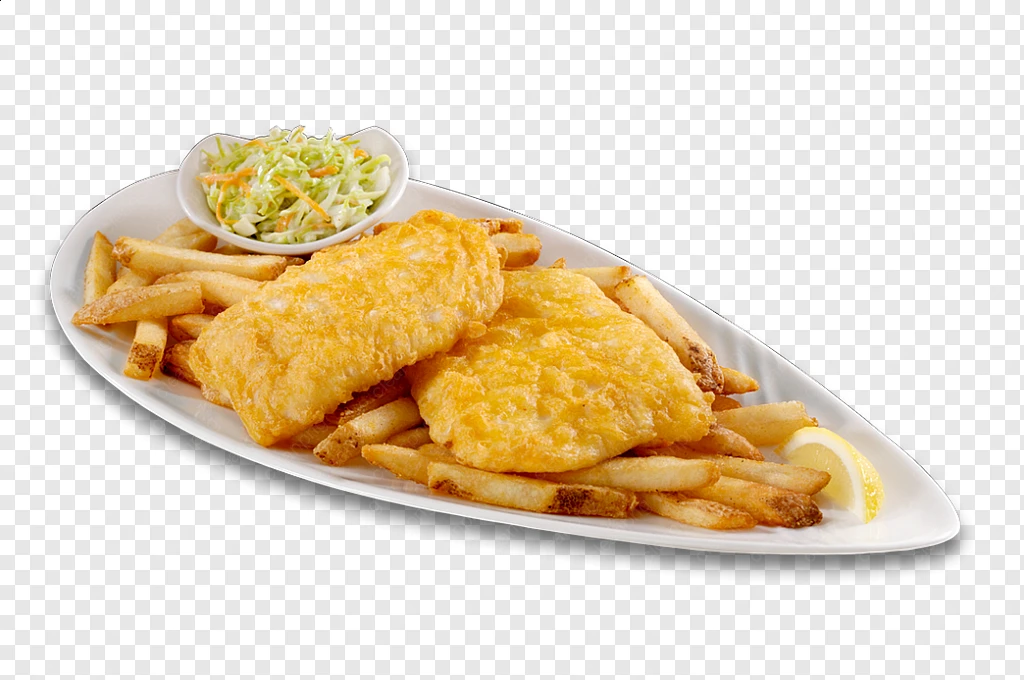 The fry can get stuck in the remnants of food, and the mucous formations clog the gills of the fry, and they die from suffocation.
The fry can get stuck in the remnants of food, and the mucous formations clog the gills of the fry, and they die from suffocation.
In the absence of live food, experts recommend replacing milk powder and egg yolk with branded fry food whenever possible. A good alternative is Hikari starter foods, which do not become sour for a long time and do not pollute the water.
Live food (zooplankton)
The most popular food for fry is ciliates. Various microorganisms from 0.2 mm in size are suitable for feeding all types of fry from the first days of life. The only downside is survivability. A new portion of ciliates for fry will have to be launched once a week.
You can pick up a “mother colony” in any puddle or reservoir, but with this approach there is a risk of introducing toxic microorganisms or viruses into the aquarium.
Infusoria (live dust)
Aquarists consider live food to be the best option for rearing fry of all kinds of fish.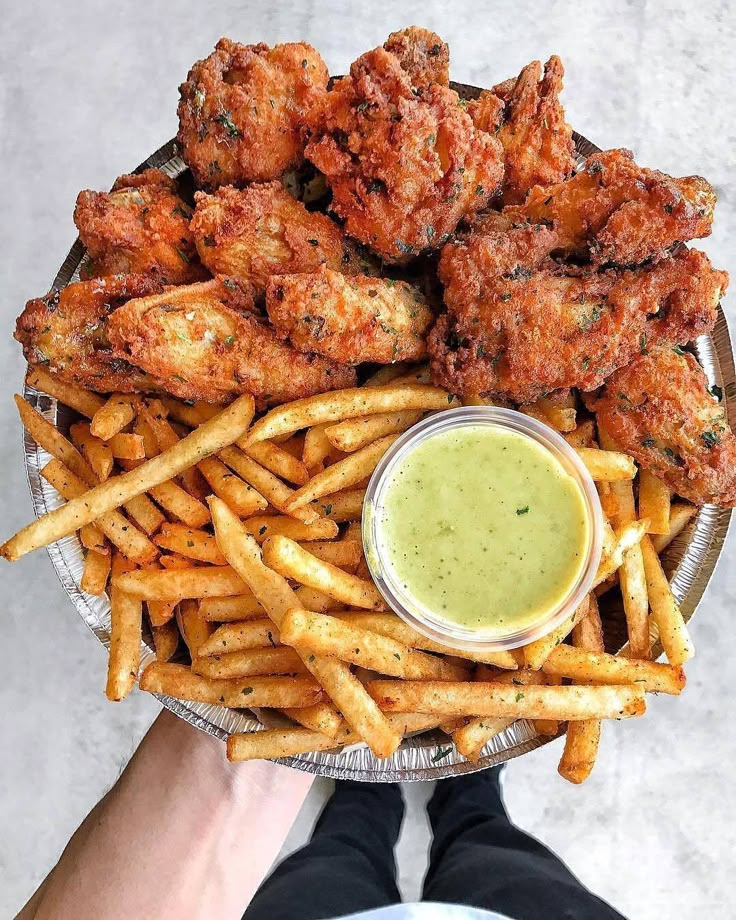 Almost every aquarist knows how to raise fry on live food.
Almost every aquarist knows how to raise fry on live food.
The fry in the aquarium react to moving food and eat it with pleasure. You can buy nutrient microorganisms from familiar aquarists or grow them yourself at home.
Rotifers
There are several varieties of rotifers, but the rotifers (Philodina acuticornis) are most often bred to feed the fry. The size of one individual is from 0.1 to 0.5 mm, so you can feed them to fry from the first day of life. The average life span of a colony is 27 days.
They are bred in the same way as infusoria, eggs for breeding a colony can be purchased at a store or caught in a pond. Rotifers feed on microalgae such as spirulina or chorella, as well as yeast, fungi and bacteria.
Nematode
An excellent food for fish fry is the nematode. Colonies of soil roundworms grow rapidly and can go without feeding for several weeks.
Size 0.04 to 2 mm. That is, young nematodes are suitable for feeding newborn fish, and grown individuals for week-old and two-week-old fry.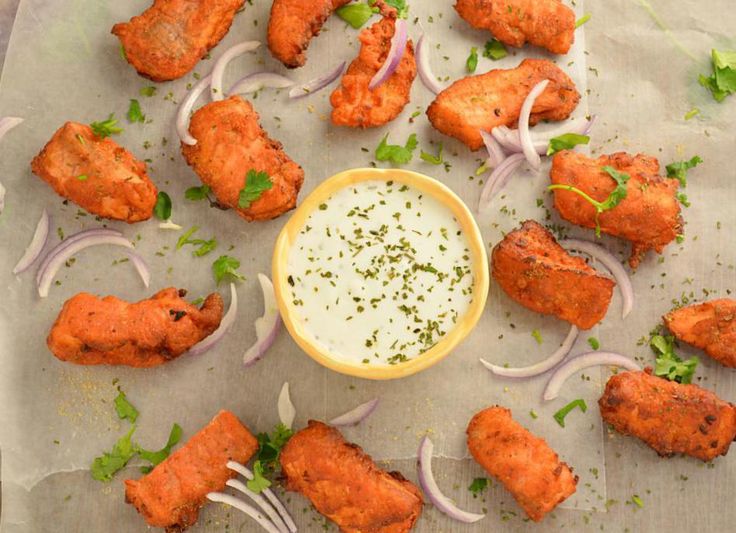
Microworm
Microworms are immature nematodes 0.05 to 2 mm long and only 0.05 mm wide. They are very small, but extremely nutritious. Microworms do not die in the aquarium for several days.
Artemia nauplii
Newly hatched Artemia eggs are ideal for feeding newborn fish. The size of the larva is from 0.08 to 0.12 mm, therefore, one-day-old fry of both viviparous and spawning fish species can be fed with nauplii. Artemia remain active for 2 to 4 days.
“It is important to remember that along with “salted” Artemia, salt can get into the aquarium for the fry, so it is recommended to keep them in fresh water before starting the microorganisms.”
Phytoplankton
Phytoplankton is the simplest and most nutritious food. The sizes of microalgae are from 0.02 to 2 ml. Of course, it is not recommended to feed only this, but phytoplankton perfectly complements the diet of babies.
“It is possible to include phytoplankton in the diet not only for herbivorous fish species, but also for predators.
”
Breeding phytoplankton is very easy. To do this, you need to collect water in an aquarium in a transparent container and place it in the sun. In just a couple of days, small green algae will appear in the water.
DIY dry fry food
Experienced aquarists sometimes substitute live micro-organisms for homemade dry fry food. But it should be borne in mind that with frequent feeding, the water will be polluted several times faster than with the use of zoo- and phytoplankton.
Caring for fry will be several times more difficult, since the water will have to be changed every day and food residues removed after each feeding.
Advantages include:
Boiled egg yolk, dry egg powder, curdled milk and milk powder are suitable as dry food.
Egg yolk
Chicken or quail eggs are used for food preparation. You can feed the yolk for a month. In the early days, just 3-4 drops of yolk 4-5 times a day are enough. If the fish babies eat all the food within a few hours, then the number of feedings or portions should be increased.
Milk powder
Powdered milk powder has the advantage of being buoyant. Therefore, if the portion is too large, you can collect food residues directly from the surface. The milk is nutritious, and the particles are small enough to feed even the smallest fry.
Branded fry starter foods
In order not to bother with growing live food and milk evaporation, experienced aquarists use branded fry starter foods. They perfectly keep their shape, do not sag and have high nutritional value.
Starter food for fry is food that is used from the first day. But it also has its differences depending on the type of fry. For example, babies of cancers and chromis can swallow nauplii, and labyrinths can eat it only on the fifth day.
Therefore, fractions of dry food should be of an appropriate size.
This is where Hikari Plankton, the branded Japanese food, comes in handy. It has three sizes of granules:
It is also worth noting the undeniable advantages of ready-made branded feed over nutrient mixtures from egg white or milk powder.
Benefits of fry starter food using Hikari as an example:
Feeding young fish with Hikari starter food results in 50/50 growth and color results. Unlike other similar products that focus on either growth or color. That is, the fry will develop in accordance with age and at the same time have a rich color.
Aquarium fish fry are not recommended to be fed with crushed adult food. Feed prepared in this way does not contain such a set of nutrients that are required for the growth of babies.
In addition, crushed granules lose their natural shell, so they dehydrate faster and can pollute the water.
Where can I buy dry food for fish fry?
We carry out FREE delivery from Mist Express, regardless of the amount of the order) or New mail (for orders over 800 UAH) in Kyiv and all Ukraine.
Also, delivery to other countries is possible: Russia, Belarus, Moldova, Kazakhstan, Israel, etc.
A large selection of food for a wide variety of fish, affordable prices and discounts, real feedback from aquarists, as well as free shipping make working with our store pleasant and convenient.
close
Starter food for fry | Aquarium fish food
The starter food for fry will determine their health and growth rate. Starter food for fry should consist only of natural live food, exactly the same that newborn fish eat in nature. And if the fry do not receive the necessary food, changes will begin in their body, leading to exhaustion and death.
What should be the fry starter food? Zooplankton or the so-called "live dust", consisting of: ciliates, rotifers, cyclops and small daphnia, is well suited as a starter food. The most valuable zooplankton can only be found in natural water bodies and in the summer, this is due to the nutrition of the aquatic organisms themselves, when there are many algae and bacteria in the water bodies.
Catch zooplankton with a net made of dense cloth. For sheathing a net, it is well suited: tulle, organza, veil or other material of suitable density. To get a good starter food for fry, it is not necessary to look for it in reservoirs. You can also get valuable starter food for fry at home. Let us dwell on the most famous and popular types of live food cultivated at home used for feeding fry.
Infusorian shoe
For the smallest fry of spawning fish species, the ciliate shoe is well suited. But do not confuse it with other types of ciliates. In fact, there are a lot of types of ciliates, but not all of them are suitable for fry to eat. Separating the shoe from other types of ciliates is not so easy, but still possible.
In extreme cases, mixed species of ciliates can also be bred, among which the fry will choose the shoe ciliate. Breeding infusoria is very simple. Take a clean three-liter jar, fill it with aquarium water and add 2-3 thinly cut carrot wheels or a small piece of dry banana peel.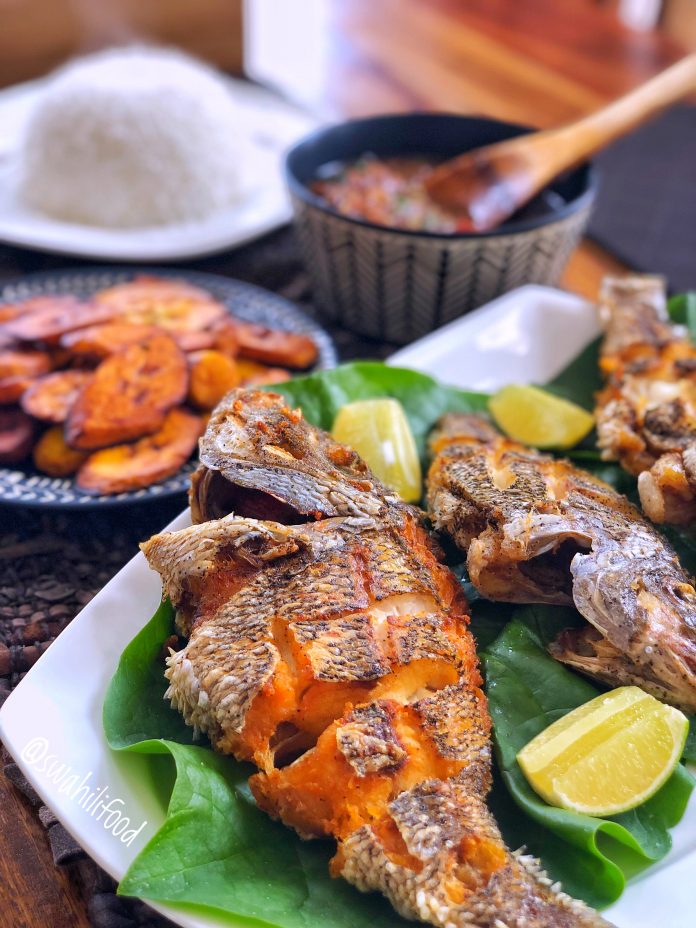
After 1-2 days, when the water in the jar becomes cloudy, remove all top dressing and leave the jar until the water in it becomes completely transparent. Usually takes 7-10 days. In clear bacteria-free water, ciliates are clearly visible to the naked eye. Feeding ciliates to fry is very simple by pouring the ciliates into the aquarium through a hose or simply over the edge of the can.
Boiled egg yolk
For fry of some types of aquarium fish, such as gourami, zebrafish, etc., boiled egg yolk can be used as a starter food. Preparing this food is easy. Take a chicken egg and boil it hard. Peel the shell, take out the yolk and cut into two parts. Pour water into a half-liter jar, rub your finger on the surface of the cut part of the yolk and rinse in the jar. Let's repeat a few times.
Let the yolk microparticles settle to the bottom of the jar and pour out the cloudy water. Pour clean and repeat until the water in the jar is completely clear.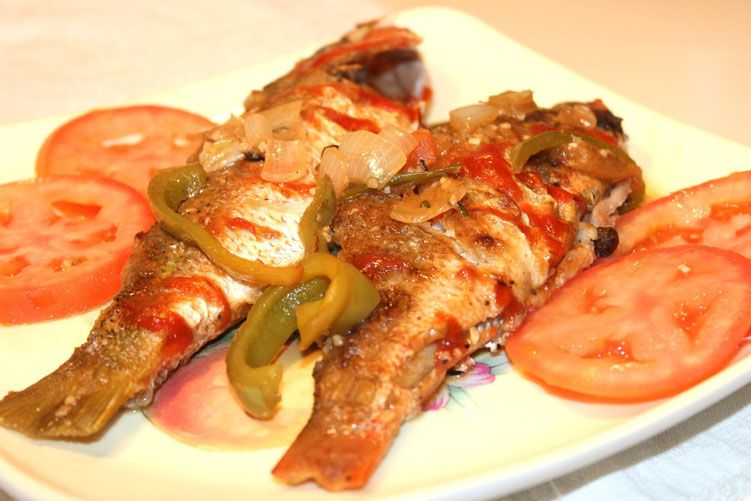 You need to introduce microparticles of yolk into the aquarium little by little and preferably near the compressor sprayer. Since the yolk belongs to a perishable product and is eaten by fry only in a suspended state, it is necessary to launch several snails of ampoules to the fry, which will collect uneaten yolk particles from the bottom.
You need to introduce microparticles of yolk into the aquarium little by little and preferably near the compressor sprayer. Since the yolk belongs to a perishable product and is eaten by fry only in a suspended state, it is necessary to launch several snails of ampoules to the fry, which will collect uneaten yolk particles from the bottom.
Acetic eel or nematode
Acetic eel known as microworm, microfodder or nematode. Acetic eel is suitable as a starter food for fry of only certain species of fish, for example, fry of the family Pecilia. And the fry of such fish species as angelfish, gourami, golden, etc. refuse it. You need to know this, and when planning the breeding of a new species of fish, you need to have spare food options.
Acetic eel is easy to grow at home. The eel feeds on vinegar, which is released during the fermentation of top dressing, for example, oatmeal, soaked bread, etc. A 1-2 cm layer of top dressing is placed in a low container, consisting of porridge cooked on oatmeal or simply soaked bread. We bring in the wiring of worms and close the lid.
We bring in the wiring of worms and close the lid.
A few days later, the rapid reproduction of worms begins. They are collected with a brush from the walls of the container or from the sticks laid for feeding, then rinsed in a jar of water and allowed to settle, changing the water several times until it becomes clear and only after that they are fed to the fry.
Daphnia moina
Perhaps the best starter food for fry is Daphnia moina. The peculiarity of this type of food is that it is zooplankton, that is, the very food that is always in the water column. If, for example, an eel dies after 1-2 days, then daphnia, on the contrary, will live until it is eaten by fry and not only live, but also multiply, providing stunted fry with small newborn crustaceans.
Daphnia eats bacteria. In an aquarium where fry are fed with daphnia, the water is always clean and clear. If the vinegar eel is a temporary food and, as the fry grow up, it needs to be changed to a larger food, then Daphnia moina, due to its difference in size from a newborn crustacean to an adult, can be fed constantly. Unlike acetic eel, daphnia moina is adored by fry of all types of fish that grow quickly on it and do not get sick.
Unlike acetic eel, daphnia moina is adored by fry of all types of fish that grow quickly on it and do not get sick.
Daphnia moina is very easy to cultivate. For these purposes, a special aquarium-cultivator is isolated or simply plastic tanks or three-liter jars, into which Daphnia moins are introduced. Appeared crustaceans are fed with baker's yeast, having previously dissolved them separately and added to daphnia until the water becomes slightly cloudy. When the water becomes clear, the feeding is repeated.
The content of daphnia is not demanding: aeration is not needed, lighting is natural or luminescent, daylight hours are at least 8 hours. The temperature is maintained within 26-29 degrees. An important need will be a strictly set temperature and periodic water changes every 7-10 days, without which daphnia stop breeding.
Aulophorus
Another valuable starter food for fry is Aulophorus or water snake. Cultivating aulophorus is quite simple. Foam rubber sponges are placed in a low plastic container and filled with aquarium water so that the upper part of the sponges remains not flooded with water by 2-3 mm. Worms are spread on the surface, sprinkled with food and covered with a lid.
Foam rubber sponges are placed in a low plastic container and filled with aquarium water so that the upper part of the sponges remains not flooded with water by 2-3 mm. Worms are spread on the surface, sprinkled with food and covered with a lid.
Aulophorus can be fed with: spirulina, grass meal, boiled pumpkin, carrots, etc. It is considered that oatmeal gives the best result. Feed must be added as it is eaten. Within 2-3 weeks, you need to let the worms multiply and only after that start feeding the fish. Aulophorus needs to change the water every 2-3 days. The signal for changing the water will be an unpleasant odor coming from the container.
Sponges become clogged over time and need to be washed. You can rinse the sponges without taking them out of the container: press several times on the surface of the sponge, then drain the water and fill it with fresh water and repeat the procedure several times. There are worms in the drained water, so you need to drain the water through a net made of dense fabric.